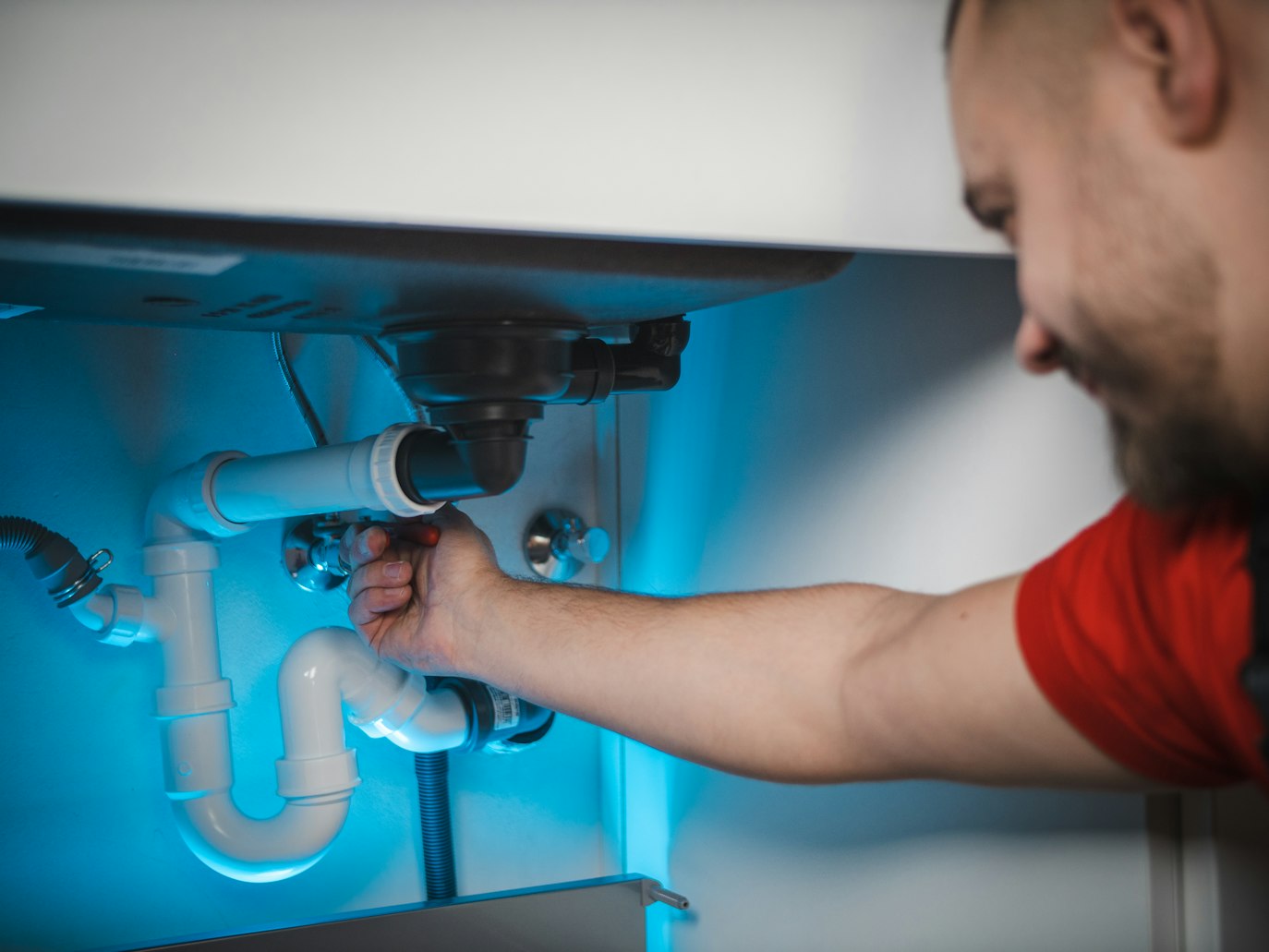Signs of Hidden Plumbing Leaks: What to Watch For

Introduction
Plumbing leaks can be sneaky. Often, they hide behind walls, beneath floors, or in obscure corners of our homes, causing damage silently until the problem becomes too big to ignore. Identifying concealed plumbing leaks in their early stages can spare you from expensive repairs and unnecessary wastage of water. Within this article, we will delve into the indicators that could suggest the existence of hidden plumbing leaks within your residence, offering you the knowledge needed to initiate preventive actions.
Unexplained Increase in Water Bills
One telltale indication worth monitoring is an unexpected increase in your monthly water expenses. This sudden and unexplained surge in your water bills is among the most prevalent signs of a concealed plumbing leak. If your monthly water expenses have notably surged despite your unchanged water consumption patterns, exploring the potential existence of an unseen leak is prudent.
Mold and Mildew Growth
Mould and mildew thrive in environments marked by elevated humidity and dampness levels. If you spot mould or mildew growth on walls, ceilings, or floors, especially in areas that aren’t typically exposed to moisture, this could indicate a hidden leak nearby. Be particularly vigilant in bathrooms, kitchens, and basements.
Musty or Earthy Odors
Hidden plumbing leaks can create an environment conducive to mould and mildew growth, leading to musty or earthy odours in affected areas. It could indicate concealed moisture if you detect an enduring and unpleasant Odor that lingers despite your cleaning efforts.
Water Stains on Walls or Ceilings
Water stains on walls or ceilings act as evident signs of water penetration. These stains can appear as discoloured patches or streaks and usually indicate an ongoing leak. Investigate the source promptly to prevent further damage.
Damaged or Warped Flooring
Wooden floors, laminates, and even tiles can show signs of hidden leaks. Look for warping, buckling, or soft spots in the flooring, as these can result from water exposure over time. Inspect areas near clogged sinks, dishwashers, and refrigerators where plumbing connections are common.
Puddles or Damp Spots
If you find puddles of water or consistently damp spots in your home, it strongly indicates a hidden leak. Pay attention to areas around toilets, sinks, water heaters, and appliances with water connections.
Reduced Water Pressure
A noticeable decline in water pressure throughout your household could indicate an undisclosed plumbing system leak. This can happen if the leak is significant enough to affect water flow.
Sounds of Running Water
When there are no taps or appliances in operation, the sound of running water indicates that water leaks from somewhere within your plumbing system. Listen closely and try to locate the source of the sound.
Peeling or Bubbling Paint
Paint peeling or bubbling, especially in bathrooms or kitchens, can result from moisture from a hidden plumbing leak. Investigate the affected area to find the source of the issue.
Warm Spots on the Floor
If there are leaks in the hot water lines, you may observe areas of warmth on your floor. This is a sign that hot water is escaping and could indicate a problem with the hot water supply line.
Cracks in the Foundation or Walls
Unexplained cracks in your home’s foundation or walls can indicate a hidden plumbing leak. When water escapes from pipes, it can saturate the soil around your home, causing shifts that lead to structural damage over time.
Warped or Discolored Cabinetry
Beneath sinks and around dishwashers, leaks can go unnoticed for extended periods. Check for warped or discoloured cabinetry in these areas, as prolonged exposure to moisture can cause wood to swell, warp, or change colour.
Frequent Water Heater Cycling
If you find that your water heater is cycling on and off more often than its usual pattern, this could serve as an indication of an undisclosed hot water leak. The heater works harder to compensate for the lost hot water, leading to increased energy consumption and wear and tear.
Insect Infestations
Concealed plumbing leaks can provide an ideal habitat for pests such as termites, ants, and roaches. Insects are attracted to damp areas, and a persistent infestation may signal a concealed leak. Address the potential emergency plumbing problems to prevent further damage.
Unexplained Slow Drains and Drain Repair Issues
If you experience persistent slow drains throughout your home, it may indicate a hidden plumbing leak within your drain system. Leaking pipes can introduce soil or debris into the drainage, leading to clogs and reduced water flow. Addressing these issues often requires drain repair or replacement and fixing the leak source. Keep an eye out for any sudden or recurring drain problems, as they may be linked to hidden plumbing leaks that warrant attention.

Conclusion
Detecting hidden plumbing leaks is essential to safeguard your home from potential damage and conserve resources. By remaining vigilant and addressing these signs promptly, you can prevent extensive problems and costly repairs. If you suspect a hidden leak, especially one affecting your drains, consider consulting a professional plumber experienced in leak detection and drain repair. Their expertise and familiarity will ensure your plumbing system’s efficient and effective performance.






